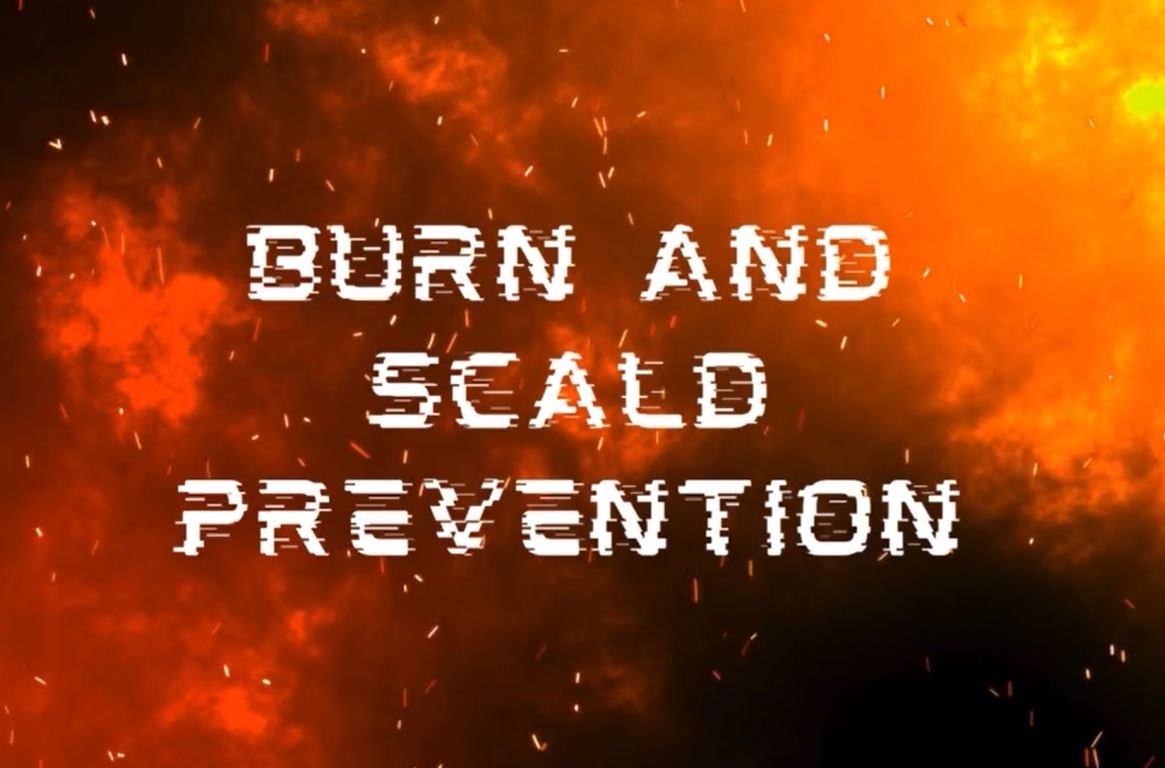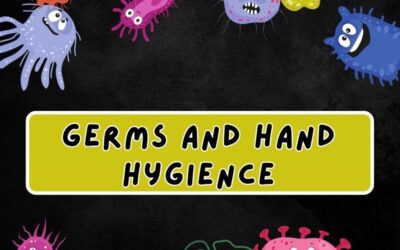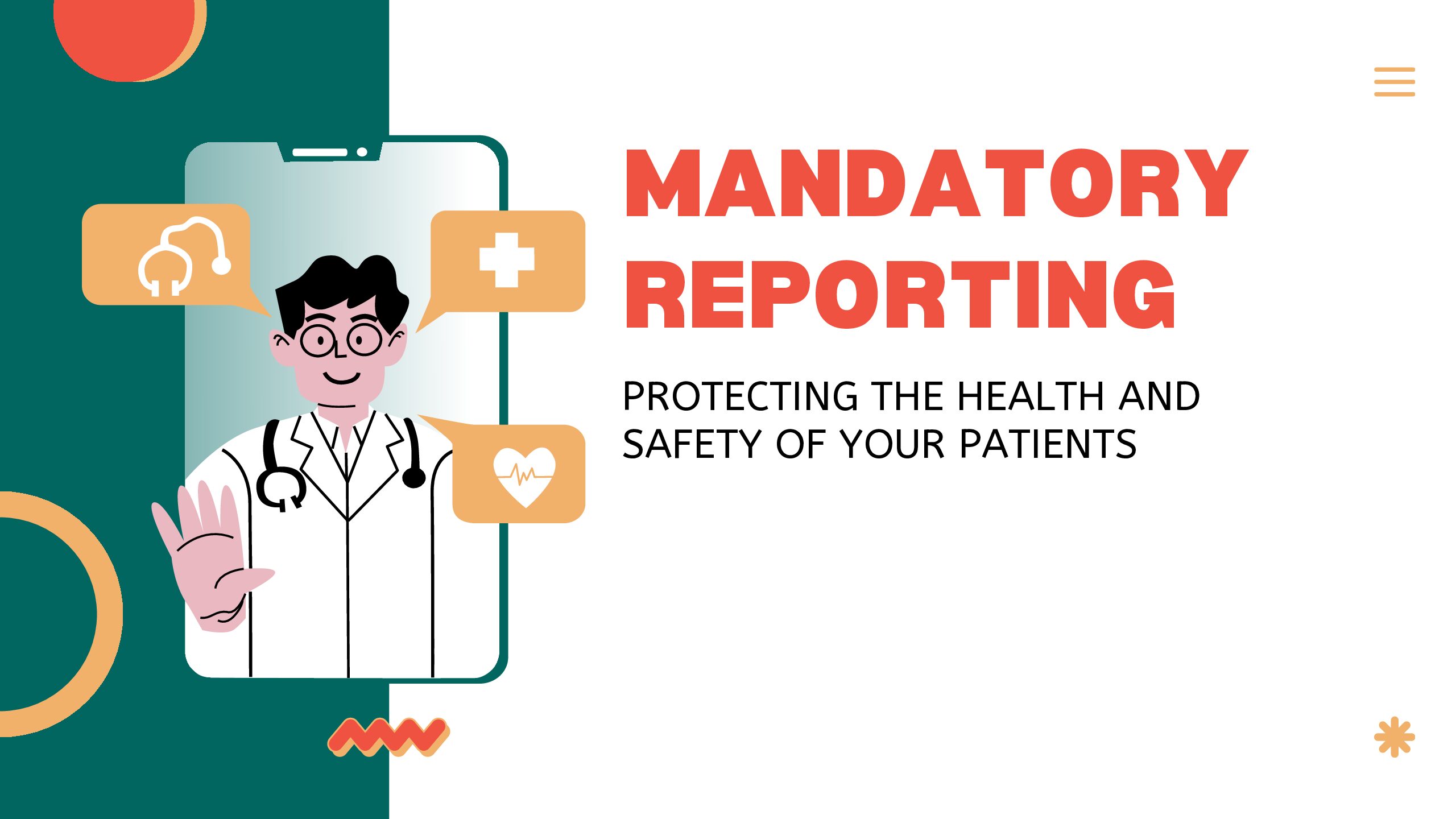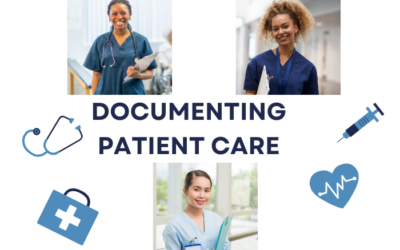Burns and scalds are serious injuries that can happen to anyone, but they are especially dangerous for people who are sick or elderly. Understanding how these injuries occur and how to prevent them is a key part of your job as a hospice aide.
Burns can be caused by dry heat, such as touching a hot stove, getting too close to a fire, or even handling something like a heated blanket that is too hot. Scalds, on the other hand, are caused by wet heat. This means hot water, steam, or even hot drinks like coffee or tea can cause scalds. Sometimes, burns can also be caused by chemicals that are too strong or not used properly.
As a hospice aide, your goal is to keep your patients safe from these dangers. This means being aware of what can cause burns and scalds and knowing how to prevent them.
Understanding the Risks
As a hospice aide, it’s important to know that some patients are more likely to get burns and scalds than others. Understanding these risks will help you take the right steps to keep them safe.
Some patients, like older adults, have thinner and more fragile skin. This means they can get burned or scalded more easily, even from something that might not seem very hot to you. Patients who are bedridden or have limited movement might not be able to react quickly if something hot touches them. They may not be able to pull away from a hot surface or tell you right away if something is hurting them. Some patients may also have health conditions that make them less able to feel pain or temperature changes. These factors put them at higher risk for burns and scalds.
Here are some specific risks to watch out for:
- Hot Water: Patients are at risk when taking baths or showers, especially if the water is too hot. They may not realize the water is too hot until it’s too late.
- Hot Food and Drinks: Hot food or drinks can cause burns if they are too hot when served. Patients with limited mobility might accidentally spill hot liquids on themselves.
- Heated Surfaces: Patients who use heating pads, hot water bottles, or sit too close to a space heater are at risk. If these items are too hot, they can easily cause burns.
- Electrical Appliances: Appliances like hair dryers, curling irons, or space heaters can get very hot. If not used carefully, they can cause burns.
- Chemicals: Some patients may need special treatments or medications that can cause chemical burns if they touch the skin. Cleaning products can also cause burns if not handled properly.
Understanding these risks is the first step in preventing burns and scalds. By knowing what to look out for, you can help keep your patients safe from harm.
Tips to Prevent Burns and Scalds
Preventing burns and scalds starts with being cautious and following some simple safety tips:
- Check Water Temperature: Before you help a patient take a bath or shower, always check the water temperature. The water should feel warm to the touch but not hot. A good way to test the water is to use a thermometer, making sure it’s between 100°F and 105°F. This is warm enough to be comfortable but not hot enough to cause a burn.
- Handle Hot Items Carefully: When serving hot food or drinks, take a moment to check the temperature. Foods straight out of the oven or microwave can be dangerously hot, so let them cool down a bit first. When in doubt, test the temperature yourself or ask the patient to take a small sip or bite first.
- Avoid Hot Surfaces: Keep your patients away from hot surfaces like stoves, ovens, space heaters, or fireplaces. If you need to use a heating pad or hot water bottle to help ease a patient’s pain, always wrap it in a towel or cloth first. This extra layer can help protect the patient’s skin from burns.
- Be Careful with Electrical Appliances: Appliances like hair dryers, curling irons, or space heaters can get very hot. Make sure these items are in good working order and never leave them turned on and unattended. If you’re using an appliance near a patient, be extra mindful of where it is and how hot it might be.
- Watch Out for Chemicals: Some cleaning products, medications, or treatments can cause burns if they touch the skin. Always read the labels and follow instructions carefully. It’s a good idea to wear gloves when handling these items and to store them out of reach of your patients.
What to Do in Case of a Burn or Scald
Even with the best precautions, accidents can still happen. If your patient does get a burn or scald, it’s important to act quickly to minimize the damage:
- Cool the Area: If a patient gets burned or scalded, the first thing you should do is cool the area. Hold the burned skin under cool (but not cold) running water for 10-20 minutes. This helps stop the burning process and reduces pain. Never use ice on a burn, as it can cause further damage to the skin.
- Cover the Burn: After cooling the burn, gently cover it with a clean, non-stick bandage or a cloth. This helps protect the area from germs and keeps the skin clean.
- Report the Incident: It’s important to let your supervisor know about the burn right away. They will need to assess the injury and decide if further medical care is necessary. You should also write down what happened in the patient’s records so that everyone on the care team is informed.
Conclusion
Being aware of the risks and taking steps to prevent burns and scalds can make a big difference in your patient’s safety. As a hospice aide, you play an important role in keeping your patients safe and comfortable. By following these guidelines and staying alert, you can help prevent accidents and ensure that your patients are well cared for.
Where Can You Find Out More
- A Guide for Home Health Aides – Burn Prevention for the Elderly
- Preventing Burns in Older Patients
- U.S. Fire Administration – Fire Safety for Older Adults





0 Comments